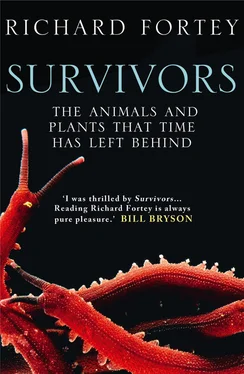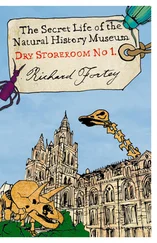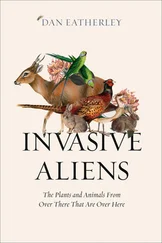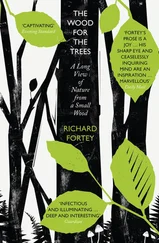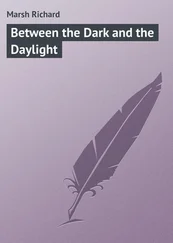Hence Limulus allows us to understand something about deep branches in evolution. It is far from unique. If every descendant species had simply replaced its predecessor, the history of life would be like one of those patients described by Oliver Sacks who live perpetually in the present day, constantly erasing the memories of yesterday. Fortunately, life is not like that. Deep history is all around us. In the life of the planet, the latest model does not always invalidate the tried-and-tested old creature. Groups of organisms that originated long, long ago, in very different worlds, have been able to evolve and adapt alongside their more recent cousins and second cousins. The story of life is almost as much about accommodation as it is about replacement. To look at a living horseshoe crab is to see a portrait of a distant ancestor repainted by time, but with many of its features still unchanged. This book reflects my interest in living survivors from the geological past and what they can tell us about the course of evolution. I have spent the last few years seeking out animals and plants that have helped to illuminate our understanding of the history of life. Wherever possible, I have visited these organisms in their natural habitats; none has proved less than fascinating. Observing how they survive today has allowed me a glimpse of their biology and provided clues about the reasons for their longevity. I have carefully selected the old timers I visited because I wished to understand their biology in depth; I have had passing encounters with several more. A few organisms proved too rare or inaccessible for me to discover personally – the coelacanth comes to mind – and then I have relied on the accounts of others. I shall relate many of these case histories to those of their fossil relatives, which is only to be expected of a palaeontologist. This will illuminate the vital fourth dimension – time. I soon discovered that there were too many potential candidates for inclusion, and I am obliged to mention some of them only briefly. I believe it is better to deal with a smaller number of organisms in detail than swish around vaguely with a broad brush. My specialist friends will probably complain that I have left out their particular favourite beast or weed, and my answer is that these survivors have lasted so long that they will almost certainly still be around for someone else to champion in the future.
Consider scorpions, for example. In some ways they are as impressive as horseshoe crabs as survivors. I have met them several times in my fossil collecting career, usually hiding beneath a log or a rock, for many of them stalk their prey at night and stay out of sight by day. In the Oman desert I once disturbed a huge, black knobbly scorpion that came running at me with its tail-sting erect, while I backed off in the opposite direction, gibbering foolishly. My Omani companions laughed and told me that its sting (in the tail of course) was relatively mild. A few hours later I lifted up a rock slab and nestled beneath it was a small yellowish scorpion with a flattened, side-wound sting. I was about to poke at it with my geological hammer when my companions tugged at my arm. ‘Don’t touch, it’s a real killer!’ The smaller, insignificant-looking creatures can often be the most deadly. The spike on Limulus’ tail and the sting on the scorpion’s are closely related structures, and indeed both animals belong to the same great arachnid group. The scorpion learned the trick of arching over the very end of its body to dart poison into enemy or prey. Encased within an external skeleton (cuticle) that prevents evaporation with outstanding efficiency, the scorpion has been able to live far away from water; some species specialise in surviving in the driest places on earth. Scorpions started out as sub-aqueous creatures like Limulus, and only later did they acquire the skill of living on land. Back in Devonian times, 400 million years ago, their relatives, the sea scorpions (eurypterids) were the largest invertebrate predators ever to have lived, some as long as a man. There are fossils from the Carboniferous age that really do look like living scorpions, at least to the non-specialist. They, too, have faced out extinction events that have blasted greater and more glamorous animals. The scorpion is built into mythology as a sign of the zodiac; it features on Roman mosaics, and in the Bible (1 Kings 12:11): ‘my father hath chastised you with whips, but I will chastise you with scorpions’. So one could argue that the scorpion’s connection to human culture is more pervasive than that of the horseshoe crab. My choice of organisms has been guided by the place they occupy in the tree of life, rather than by their innate charisma or significance in folklore and culture. The horseshoe crabs earn a special place in this natural history because their relatives root down to the beginning of the diversification of animals. The early Permian Palaeolimulus is clearly a horseshoe crab, for all that it predated the great extinction that put paid to most species at the end of the Palaeozoic Era, 250 million years ago. Limulitella is present in 242-million-year-old (Triassic) strata dating after the great trauma, evidence of their survival. Those distinctive tracks left by the tips of the legs, and the trail of the tail, that I observed in Delaware have been found as fossils even in the absence of the body itself. There were horseshoe crabs crawling among the coal swamps of the Carboniferous (Pennsylvanian), a little better segmented perhaps than the beasts on Delaware Bay, but carrying the distinct signature of their ancestry. In 2009 my Canadian colleague, David Rudkin, announced the discovery of the oldest typical horseshoe crab in rocks of Ordovician (approximately 450 million years) age, thus taking these simple arthropods back before all the major extinction events that have rocked the Phanerozoic biosphere. Whatever the magic ingredient for survival is, the horseshoes clearly have it in spades. ‘The meek shall inherit the earth’ may be an appropriate motto for their longevity.
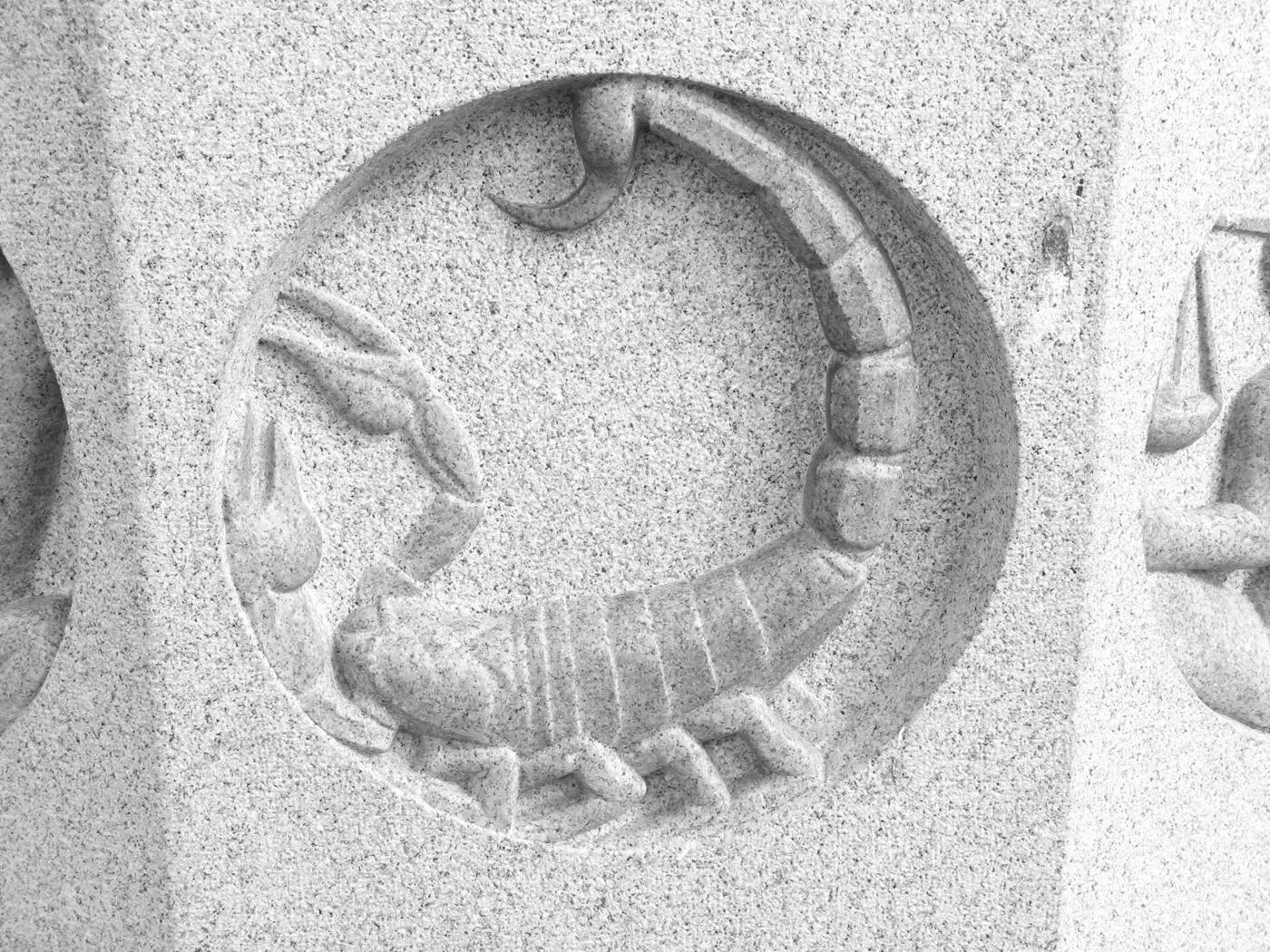
3. Gustav Vigeland’s sculpture of a survivor, the scorpion, Frogner Park, Oslo, Norway.
Let me describe these early days in more detail. I have already remarked that the horseshoe crabs had set out upon their distinctive path before the first land plants had advanced upon harsh and barren shores; although recent discoveries suggest that a few simple plants may have already ventured onto mud flats. These had probably not yet been followed by insects or spiders. There were fishes already, of a primitive cast, but they had no ambitions then to invade the land, although a few species may have nudged into waters that were not fully marine. The seas abounded with trilobites, which occupied every ecological zone from shallow shores to ocean deeps. These prolific arthropods must have been many times more abundant than the early relatives of the horseshoe crabs. They evidently had an advantage at the time. This may have been the evolution of their robust dorsal ‘shell’ of calcite, which allowed them to develop spines, armour and a tough anchor for muscles, as well as an ability to roll up into tight, impregnable balls when threatened. Trilobites soon learned an array of different feeding habits; some were predators, some ate soft mud, others swam in the open seas. They died out some 255 million years ago. By contrast, the relatives of Limulus may have stayed conservatively on the sea floor as scavengers and predators. The horseshoe crabs on Delaware Bay have an exoskeleton of chitin, which is a natural polymer that is quite tough and flexible, although no substitute for stony calcite. But the horseshoe crab has turned what might have been a weakness to advantage by developing an exceptional immune system. Survival in the long term may depend on more subtle features than armour alone.
Читать дальше
